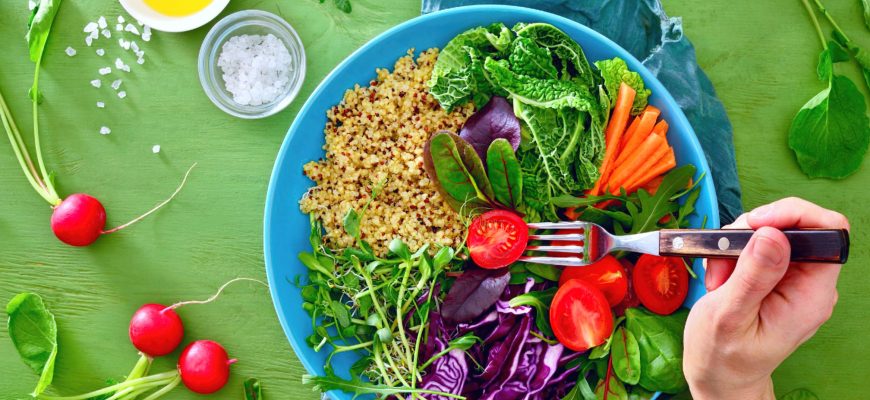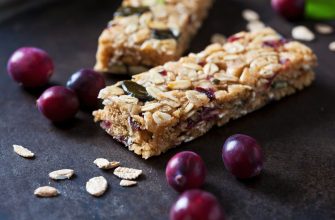Salads are the cornerstone of healthy eating, often lauded for their vibrant colors and fresh flavors. Yet, not all salads are created equal. The choices you make in ingredients and dressings can transform a salad from a nutritional powerhouse to a calorie-laden meal. Here’s how to keep your salads on the healthy side.
- Start with a Strong Foundation: Greens Galore
- Protein: Building Blocks of a Filling Salad
- The Dressing: Flavor with Care
- Extras with a Purpose: Nutritious Toppings
- Whole Grains for Wholesome Body
- Mind the Cheese and Crunch
- Seasonal and Local: Freshness Meets Sustainability
- Putting it All Together: Salad Assembly
- Salads On the Go: Maintaining Healthiness Anywhere
- Conclusion: The Art of Salad Making
Start with a Strong Foundation: Greens Galore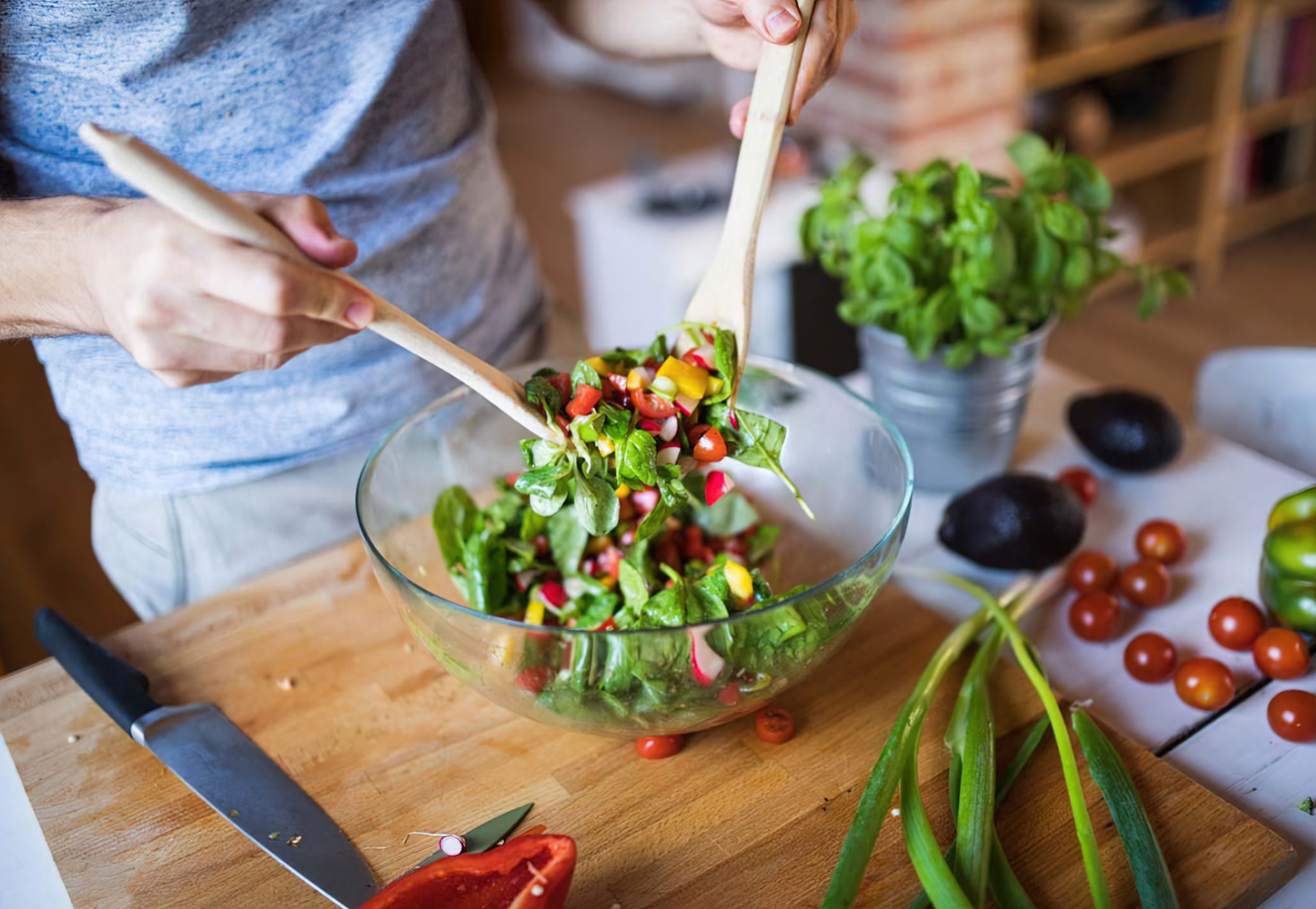
Diverse Lettuce Mix: Begin with a variety of leafy greens to maximize nutrients. Romaine, spinach, kale, and arugula each offer unique benefits.
Colorful Vegetables: Add a rainbow of vegetables to your salad. Tomatoes, carrots, and red bell peppers not only add color but also a host of vitamins.
Protein: Building Blocks of a Filling Salad
Lean Meats or Plant-Based Proteins: Choose grilled chicken, tofu, or beans as a lean protein source to add substance without excess fat.
Nuts and Seeds: A sprinkle of almonds or chia seeds can provide a satisfying crunch along with healthy fats and protein.
The Dressing: Flavor with Care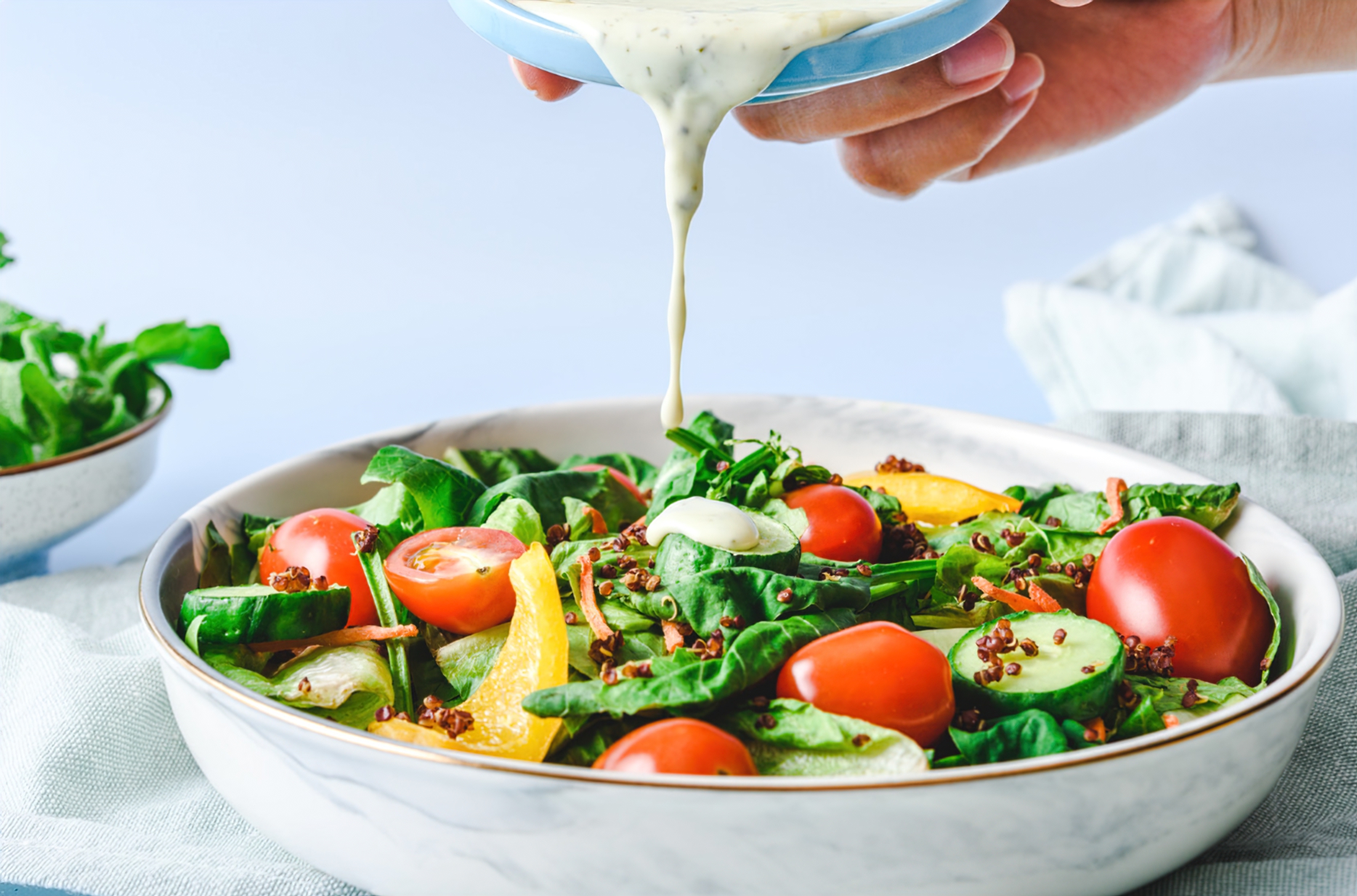
Homemade Vinaigrettes: Whip up your own dressing with olive oil, vinegar, and herbs. You’ll avoid the added sugars and preservatives found in many store-bought dressings.
Yogurt-Based Blends: For creamy dressings, use Greek yogurt as a base for a healthy twist that doesn’t sacrifice texture.
Extras with a Purpose: Nutritious Toppings
Avocado Slices: They offer healthy fats that can help nutrient absorption without unhealthy additives.
Fresh Herbs: Incorporate fresh herbs like basil or cilantro for a burst of flavor, reducing the need for extra salt or cheese.
Whole Grains for Wholesome Body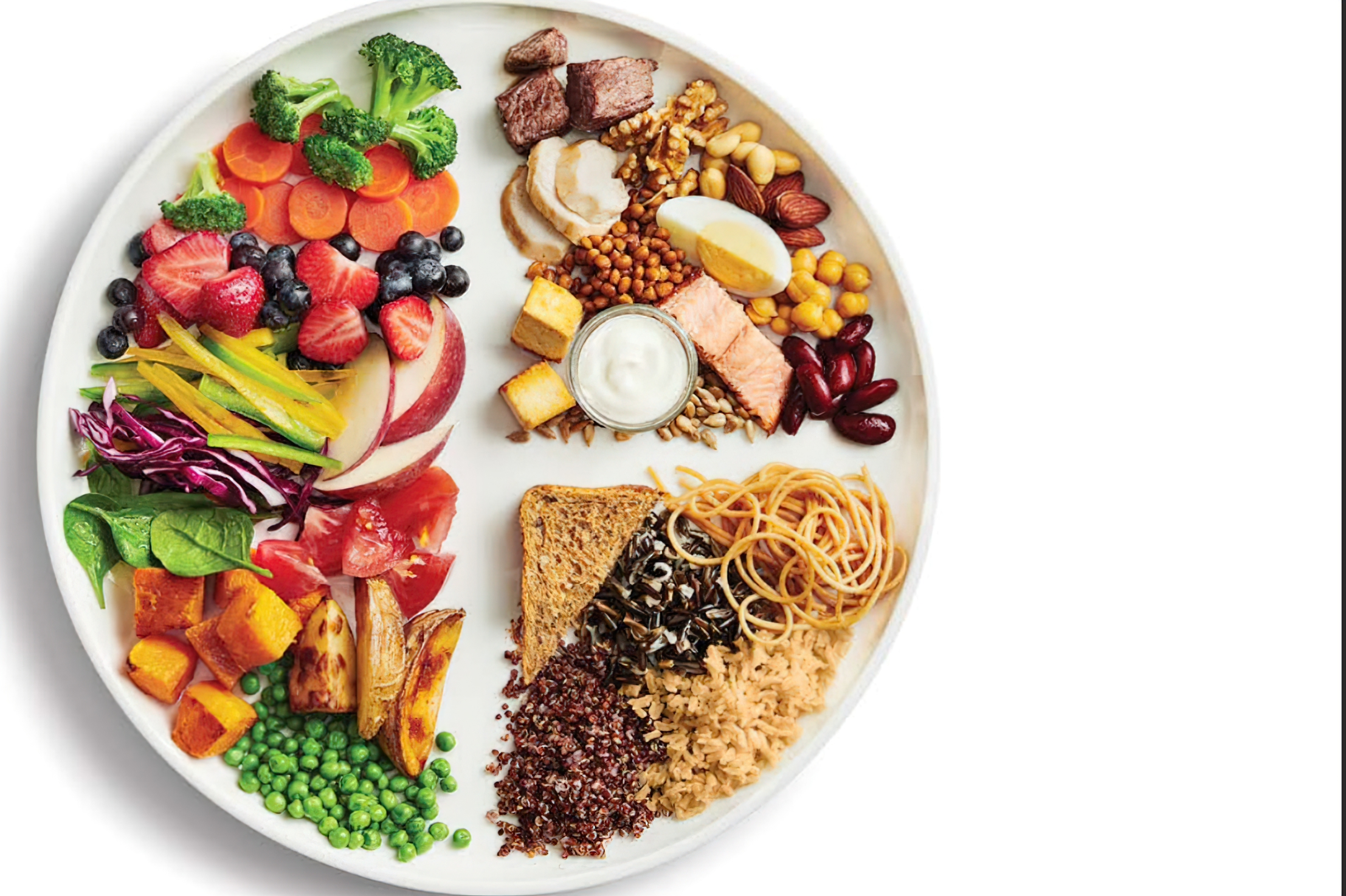
Ancient Grains Add Substance: Toss in cooked quinoa, farro, or barley. These grains add fiber which can aid digestion and increase satiety.
Portion Control: Be mindful of the quantity to keep your salad balanced. A handful of grains is often sufficient.
Mind the Cheese and Crunch
Opt for Stronger Flavors: Feta, blue cheese, or aged parmesan are packed with flavor, allowing you to use less while still achieving a taste impact.
Baked Not Fried: If you crave crunch, add a few homemade croutons baked with olive oil and herbs. They are a healthier option than fried toppings.
Seasonal and Local: Freshness Meets Sustainability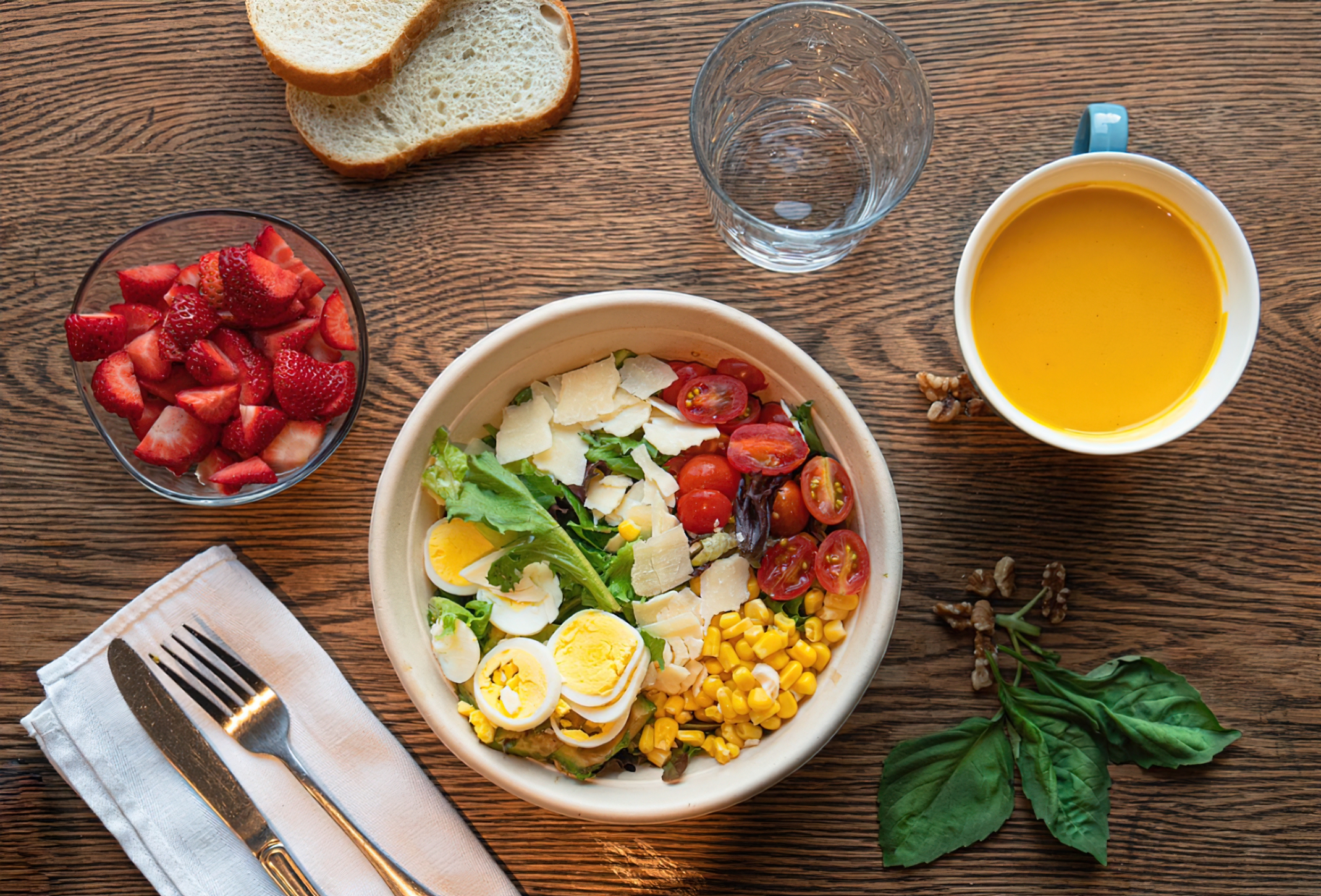
Seasonal Picks: Choose ingredients that are in season for maximum freshness and flavor. Seasonal produce is often more nutrient-dense.
Support Local: When possible, source ingredients from local farmers’ markets. Fresh, local produce doesn’t require long storage and transport, which can diminish nutritional value.
Putting it All Together: Salad Assembly
Layering Your Salad: Start with the greens, add vegetables and proteins, sprinkle grains, nuts, and seeds, then finish with dressing.
Tossing Tips: Toss your salad gently to coat every ingredient with dressing. This helps to distribute flavors and makes every bite satisfying.
Salads On the Go: Maintaining Healthiness Anywhere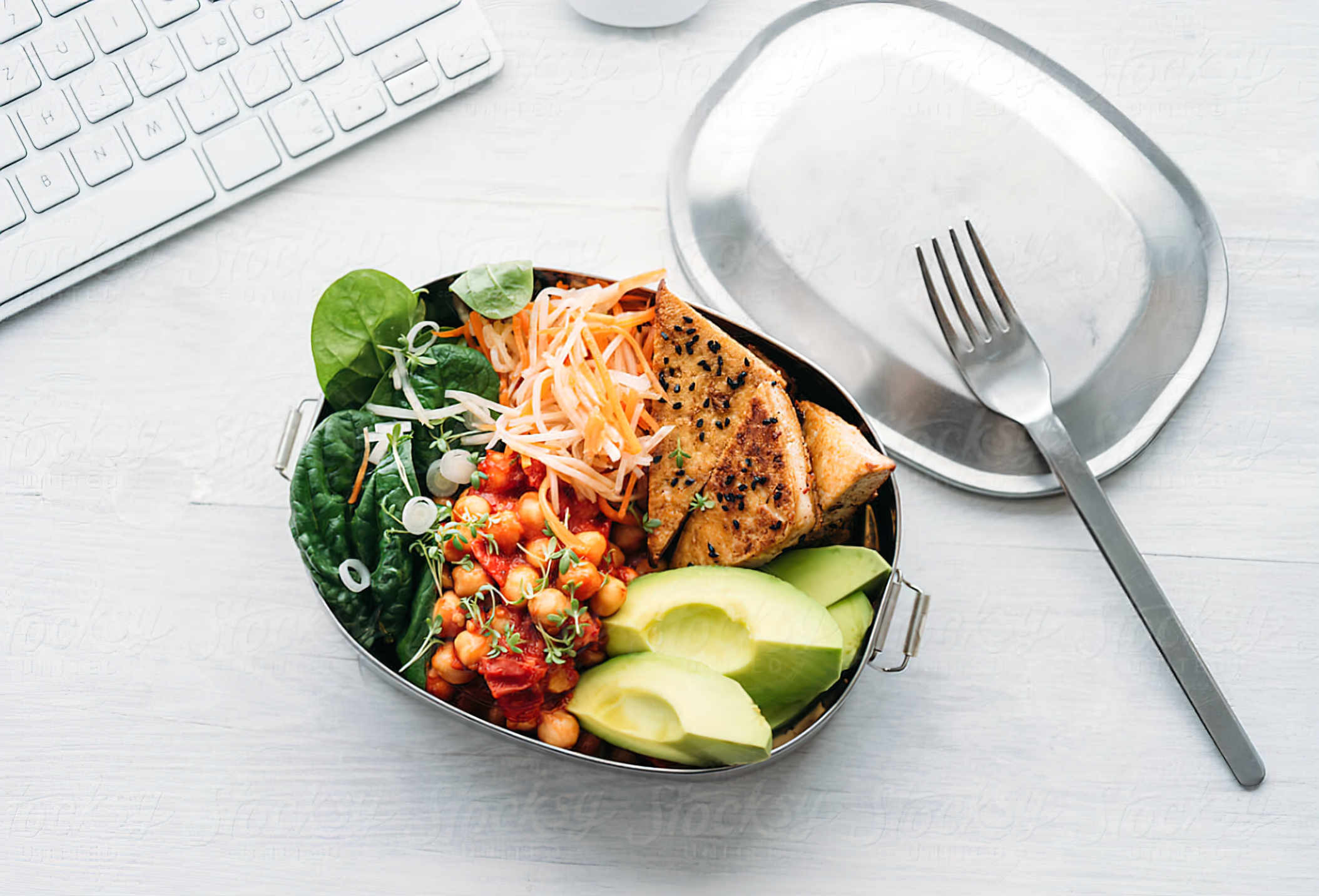
Mason Jar Salads: Layer your salad in a jar for a portable, pre-portioned meal. Just shake it up when you’re ready to eat.
Storage Savvy: Keep dressings separate until you’re ready to eat to prevent sogginess.
Conclusion: The Art of Salad Making
A healthier salad is a blend of good choices and smart preparations. It’s not just about reducing calories; it’s about increasing nutrients and flavors. Salads are a canvas for creativity and health, and with these tips, anyone can become a master of this art.
